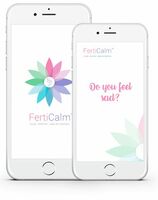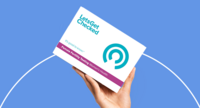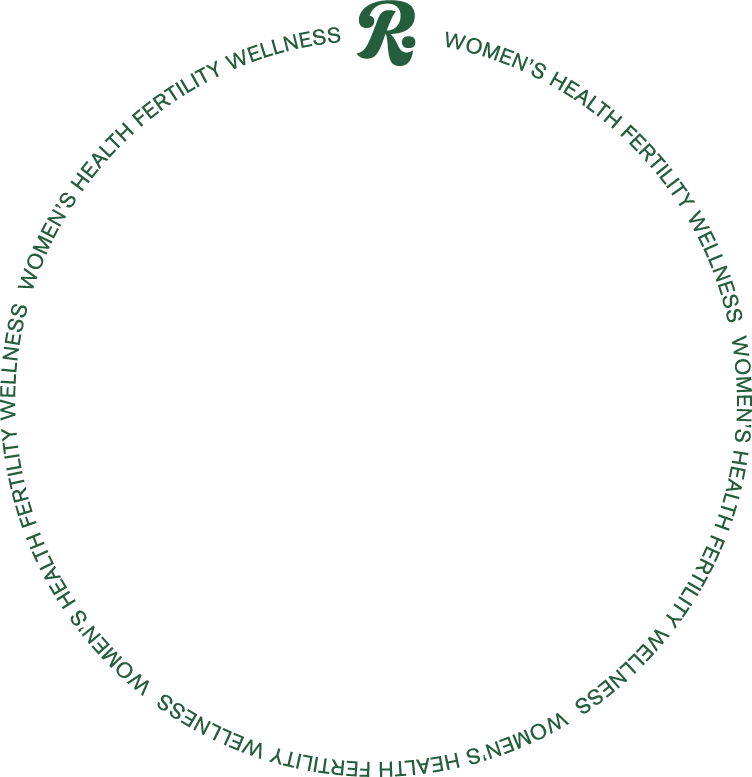For patients undergoing “traditional” fertility treatments, the protocol for, say, in-vitro fertilization (IVF), is relatively straightforward: A routine egg retrieval cycle consists of ovarian stimulation — where the ovaries are injected with hormones to increase the number of mature eggs available for fertilization — on the second or third day of the patient’s menstrual cycle (soon after the period begins). This process continues for about 12-14 days. After the egg retrieval, a fresh embryo transfer can take place within two to five days, or the embryos can be frozen.
There is another option, however. It’s called a “back-to-back” egg retrieval, also known in medical circles as “duostim.” Duostim is when “the patient goes through ovarian stimulation and egg retrieval, and then another round of ovarian stimulation starting one to five days post-egg retrieval,” explains Ido Feferkorn, M.D. a reproductive endocrinologist with the Reproductive Medicine Group.
Fertility preservation was usually the reason for the duostim method: For example, patients would undergo back-to-back egg retrievals for egg and embryo freezing purposes before starting treatments like chemotherapy. But, in recent years, duostim has been considered as a potential fertility treatment, “mainly for patients with a poor response to ovarian stimulation,” says Dr. Feferkorn. Poor ovarian response can result in decreased oocyte (aka an egg cell prior to maturation) production, cycle cancellation, and a diminished probability of pregnancy.
So are back-to-back egg retrievals a viable option for those trying to conceive via IVF? Rescripted asked Dr. Feferkorn to break down the pros and cons.
Are back-to-back egg retrievals safe?
Although the short answer is yes, that doesn’t mean you should necessarily start requesting that your fertility specialist add duostim to your IVF protocol. “While data is limited,” says Dr. Feferkorn, “it seems that immediate complications are rare and not more frequent than with conventional stimulation and retrieval.” The lack of available information also means “there isn’t much long-term data on women’s health or on the health of babies being born after duostim.” He does go on to say that “embryo outcomes and short-term follow-up of babies being born following duostim seem comparable to that of conventional IVF.”
Are there benefits to back-to-back egg retrievals?
If there are, “the jury is still out,” says Dr. Feferkorn. “The benefits of duostim are still under study and are a matter of ongoing debate in the medical literature.” Even though some patients with a poor ovarian response are offered duostim, he says there is no proof of a higher live birth rate result.
As for the possibility of duostim resulting in higher pregnancy rates, “there isn’t enough data to conclude” such an outcome, says Dr. Feferkorn. “Some of the limitations in studying this are the definition of poor response, the different reasons leading to a poor response, and the different protocols being used in duostim,” he explains.
While having back-to-back egg retrievals can “potentially shorten the time frame for achieving an embryo for transfer,” says Dr. Feferkorn, the cons may outweigh this single pro.
What are cons of back-to-back egg retrievals?
If you decide to do a back-to-back egg retrievals, the embryos from the first retrieval must be frozen. “Duostim mandates embryo freezing (we do not transfer the embryo and continue ovarian stimulation simultaneously),” says Dr. Feferkorn.
There are also emotional difficulties to consider, and they aren’t minor. “Women are not robots,” says Dr. Feferkorn, “and while it may seem easy to prescribe another cycle back-to-back, it could be very challenging.” If you are mulling over a duostim protocol, remember that “the second stimulation also tends to be a bit longer (by a few days),” and agreeing to “a back-to-back cycle also means postponing embryo transfer.”
You know your body and your mind best, and if back-to-back egg retrievals feel like too much, then it’s imperative you share your concerns with your fertility specialist.
If you are a patient with a poor ovarian response, speak with your fertility specialist about whether or not duostim is a good option. “A conventional stimulation in a poor responder can result in having no embryo for transfer — which is a difficult outcome to cope with,” observes Dr. Feferkorn. “This is also why treatment must be tailored to the patient — personalized medicine is the key!”
Sarene Leeds holds an M.S. in Professional Writing from NYU, and is a seasoned journalist, having written and reported on subjects ranging from TV and pop culture to health, wellness, and parenting over the course of her career. Her work has appeared in Rolling Stone, The Wall Street Journal, Vulture, SheKnows, and numerous other outlets. A staunch mental health advocate, Sarene also hosts the podcast “Emotional Abuse Is Real.” Visit her website here, or follow her on Instagram or Twitter.















.png)

